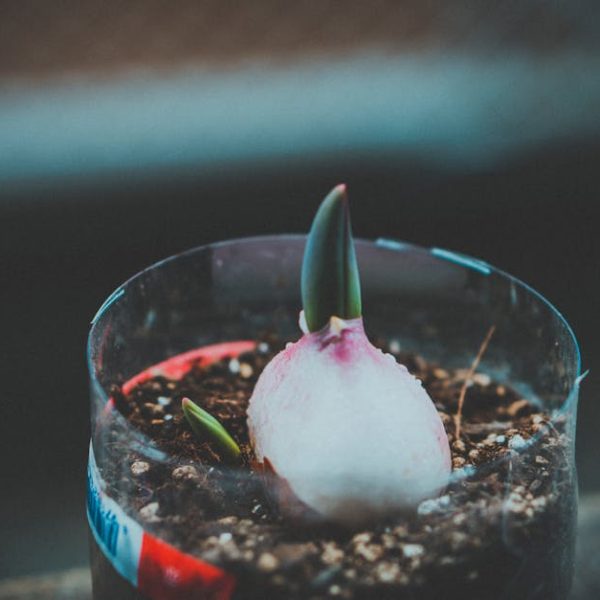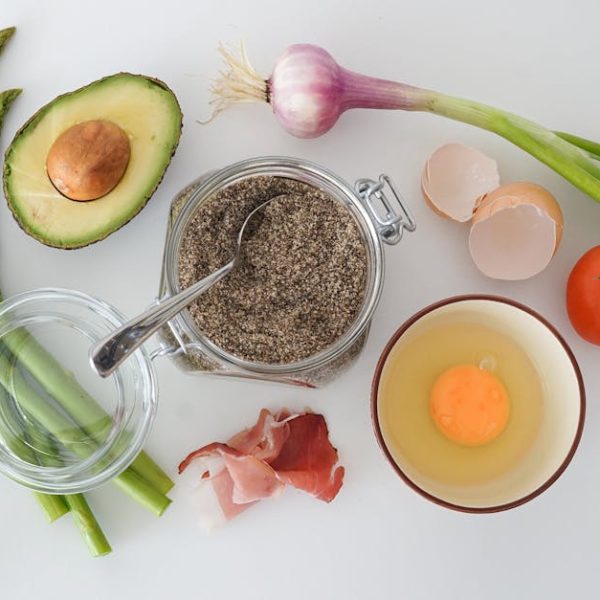The simple potato: a humble, versatile vegetable that forms the base of countless comfort foods. When prepared correctly, it adds a hearty touch to any meal; but to truly master the art of the potato salad, you need to nail the basics, starting with the boiling process.
Choosing the Right Types of Potatoes for Salad
Not all potatoes are created equal. Each type has its unique taste, texture, and cooking properties. When it comes to potato salad, the aim is consistency – a potato that keeps its shape after boiling.
Content Type: Pros and Cons
Starchy potatoes like Russets and Idahos boil beautifully, becoming fluffy and creamy, but tend to disintegrate in a salad. While waxy varieties such as Reds or Yukon Golds, hold up well when sliced and diced but do not offer the same creamy interior.
Content Type: List
As a guideline, relevant types for a standout potato salad with the perfect balance of creaminess and structure include:
- Red Potatoes: Firm, waxy, and mild, they absorb flavors well.
- Yukon Golds: Offering a slight sweetness with a velvety texture, ideal for a more indulgent salad.
- Fingerlings: Small and waxy with a nutty flavor, they hold up well when boiled and offer an appealing appearance.
Steps to Perfectly Boil Potatoes for Salad
Boiling potatoes is a fundamental skill for many dishes. Perfectly boiled potatoes offer that delicate balance between too-hard crunch and mushy mess and become the star in your salad.
Content Type: Checklist
Here is a step-by-step guide to boil your potatoes to perfection:
- Rinse your potatoes (but don’t peel yet) under cold water.
- Place them in a large pot and add enough water to cover them completely.
- Add a hefty pinch of salt.
- Bring the water to a boil slowly; then reduce the heat and simmer until potatoes are fork-tender.
- Drain the potatoes and allow them to cool before peeling and slicing.
Content Type: Pro Tips
To elevate your potato boiling game:
- Cut your potatoes evenly – this ensures they cook uniformly.
- Avoid peeling before boiling – the skins protect their structure.
- Always start with cold water to cook potatoes evenly from the inside out.
- Be generous with salt – it plumps up the potatoes, enhancing their natural flavor.
Next, let’s spice up your salad by exploring various mix-ins and dressings and maintaining it in the perfect condition after preparation. Avoiding common preparation mistakes keeps your potato salad perfect every time.
Spicing up Your Potato Salad
Potato salad doesn’t have to be bland. With the right combinational mix of herbs, spices, and dressings, you can take your potato salad to the next level of deliciousness while still maintaining that homely comfort.
Content Type: List vs. Comparison
Some popular mix-ins for potato salads include:
- Fresh herbs such as dill, parsley, or chives offer a refreshing zest.
- Spices like paprika or mustard give a spice kick.
- Condiments like mayonnaise or mustard provide a creamy and tangy texture.
To compare, herbs give a distinct freshness to your salad, while spices add that necessary punch of flavor. Mayonnaise gives a rich creaminess, whereas mustard offers a tangy spiciness.
Keeping Your Potato Salad Fresh and Tasty
Ever had potato salad that’s been sitting out for hours and lost its zing? Fear not. We have a few tricks up our sleeve that’ll keep your potato salad tasting fresh and scrumptious even hours later.
Content Type: Best Practices
- Store your salad in an air-tight container to prevent exposure to other food odors.
- The optimal temperature to store your salad is between 35°F to 40°F (1.6°C to 4.4°C).
- Avoid leaving your salad out in room temperature for more than 2 hours.
Content Type: Pro Tips
If your salad has been sitting for a while:
- Stash it in the fridge to maintain optimum coolness.
- Refresh it with a dash of vinegar or squeeze of lemon to perk up the flavors just before serving.
Avoiding Common Mistakes when Making Potato Salad
Potato salad, like any dish, can present its own unique set of challenges. But with careful execution, and by avoiding some common mistakes, you can produce a flawless potato salad every time.
Content Type: List
Here are some common mistakes and appropriate fixes:
- Overcooking potatoes: This turns your salad mushy. The fix? Be diligent with your cooking time and ensure the potatoes are just tender.
- Adding dressing too early or too late: Ideally, let the potatoes cool slightly but add dressing when they’re still a bit warm for best absorption.
- Using the wrong potato: Refer back to our earlier section on potato types suitable for salads.
Content Type: Best Practices
- Use a fork or the tip of a knife to test the tenderness of your potatoes during boiling.
- Always remember to season your salad with salt and pepper; it makes a world of difference!
- Keep potatoes whole while boiling to prevent them from breaking apart.
In the end, creating a perfect potato salad is more art than science. By following these guidelines, you’re well on your way to mastering this much-loved dish!
Key Takeaway:
- Selecting the right type of potatoes is crucial for the perfect salad, and the suitable ones are Red Potatoes, Yukon Golds, and Fingerlings.
- Proper boiling procedures and tips, such as starting with cold water, keeping the skin on until after boiling, and evenly slicing the potatoes help in achieving the desired texture.
- Enhancing the flavor of the salad can be achieved by using herbs, spices, and suitable dressings.
- Proper storage and refreshing tips help in maintaining the potato salad’s freshness and taste.
- Common mistakes, such as overcooking, wrong timing for adding dressing, and using the wrong type of potato can be avoided to prevent the salad from getting spoiled or having an undesired texture and taste.
Mastering the art of making potato salad takes practice, knowledge, and careful execution of each step. Yet, with the guidance provided in the article, success is within reach. From selecting the right potatoes to perfecting the boiling process, flavoring, storing, and avoiding common mistakes, you now have the tools to create a fantastic potato salad every time. Enjoy the journey and, most of all, the delicious outcome!
FAQs
Q: Can I boil the potatoes with the skin on for other dishes, not just for salads?
A: Yes, you can. This method can be handy when preparing dishes that require potatoes to maintain their shape and structure.
Q: Can I use other types of potatoes other than Red Potatoes, Yukon Golds, and Fingerlings for my salad?
A: Certainly! However, remember that each potato type has its unique cooking properties and may affect the texture and taste of your salad.
Q: How long can I store my potato salad in the refrigerator?
A: Ideally, potato salad should be consumed within 3 to 4 days when stored properly in the refrigerator.
Q: What other dressings can I use for a potato salad?
A: Aside from mayonnaise and mustard, you can try using olive oil, vinegar, or yogurt for a tangy, lighter taste.
Q: What should I do if I’ve already overcooked my potatoes?
A: If your potatoes end up overcooked, don’t worry! You can mash them slightly and make a creamy potato salad instead of a chunky one.
We hope these FAQs have provided additional guidance on your path to perfect potato salad mastery. Remember: practice makes perfect! Don’t forget to share this article with fellow potato salad lovers and explore more posts on our site.






